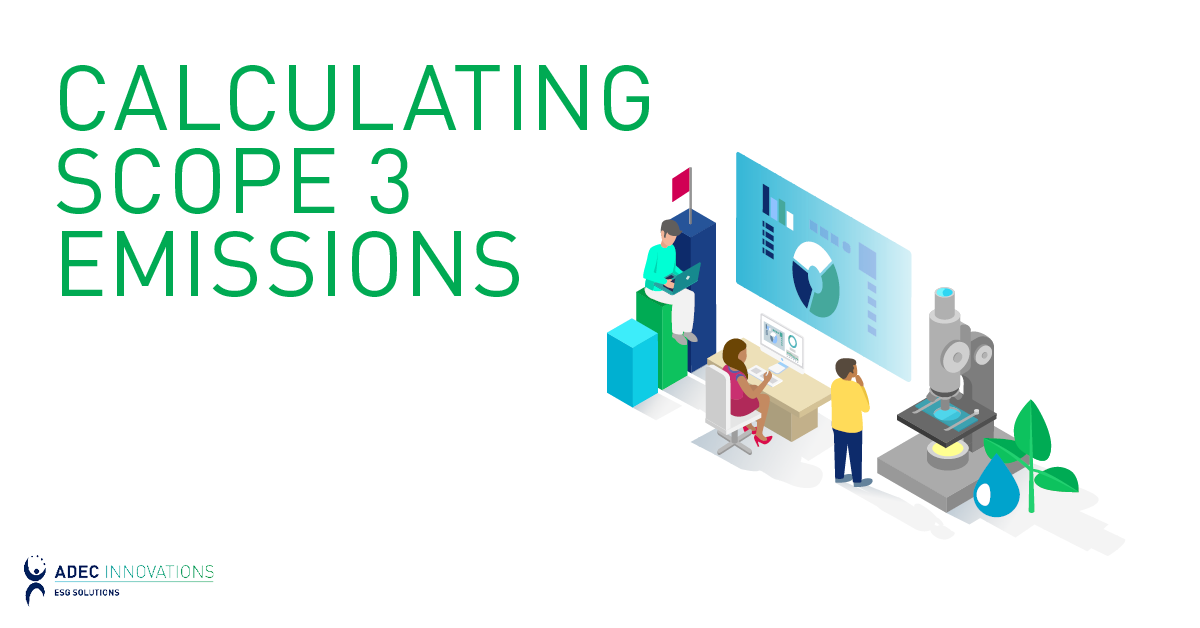California’s Emissions Target Success - A Global Context
The California Air Resources Board (CARB) announced on July 11, 2018, that the state has met its greenhouse gas (GHG) emissions reduction targets four years before the target year of 2020. This reduction target was established by AB 32, the California Global Warming Solutions Act of 2006, which set the goal for reducing GHG emissions to 1990 levels by 2020.

By Frank Coyle
August 7, 2018

The California Air Resources Board (CARB) announced on July 11, 2018, that the state has met its greenhouse gas (GHG) emissions reduction targets four years before the target year of 2020. This reduction target was established by AB 32, the California Global Warming Solutions Act of 2006, which set the goal for reducing GHG emissions to 1990 levels by 2020.
Recent measurements have indicated that GHG emissions across the state in 2016 totaled 429.4 million metric tons, dropping below the target of 431 million metric tons drawn from 1990 levels. According to the Board, emissions were down by 13% since their peak in 2004 - “an achievement roughly equal to taking 12 million cars off the road or saving 6 billion gallons of gasoline a year.” Notably, over the same period the economy grew by 26%, dispelling any lingering questions that emissions reductions would come with reduced economic growth.
The California Environmental Quality Act (CEQA), passed in 1970, has played a particularly important role in bringing about this achievement. CEQA requires state and local agencies to follow a protocol of analysis and public disclosure of environmental impacts for all applicable projects, making environmental considerations a mandatory part of decision-making processes in the state. CEQA covers 17 environmental topical sections, including GHG emissions, land use, energy, transportation and traffic, population and housing, and hazards.
Since its introduction, agencies under the requirements of CEQA have pursued unique strategies to ensure CEQA compliance, often enlisting the aid of private consultants to meet CEQA. These consultants assist agencies navigate through the complex CEQA review process.
California’s successes do not stand alone. They are reflective of global progress towards tackling environmental and social sustainability challenges, and of a worldwide cultural shift towards an attitude of environmental stewardship and responsible action. Goals and regulations such as CEQA, National Environmental Policy Act (NEPA), and the UN Sustainable Development Goals establish guidelines and regulations for local, regional, and the global community to follow, and the greatest benefits will result from both the public and private sectors working together. The collaborative efforts of elected officials, planners, developers, consultants, and other experts are vital to the establishment of a sustainable future for communities around the world.
Want to learn more about CEQA and how its goals reflect larger global sustainability values? Check out Our Perspective in the latest edition of GreenWatch.
ADEC Innovations is a leading provider of ESG solutions, including fully-integrated industry expertise, software solutions and data management. For the latest on sustainability in a global context, sign up for our monthly newsletter GreenWatch.
Related Articles
CEQA, GHG Emissions, FCS, California
By Tyanna Bui on November 2, 2021
Carbon Management | GHG Emissions
By Kevin Bolland on December 23, 2019
Environmental Impacts | Environmental Assessments | CEQA | Environmental Planning | city planning
Be a sustainability leader.
Our team supports you no matter where you are on your Sustainability Journey. Talk to us today to learn more.




